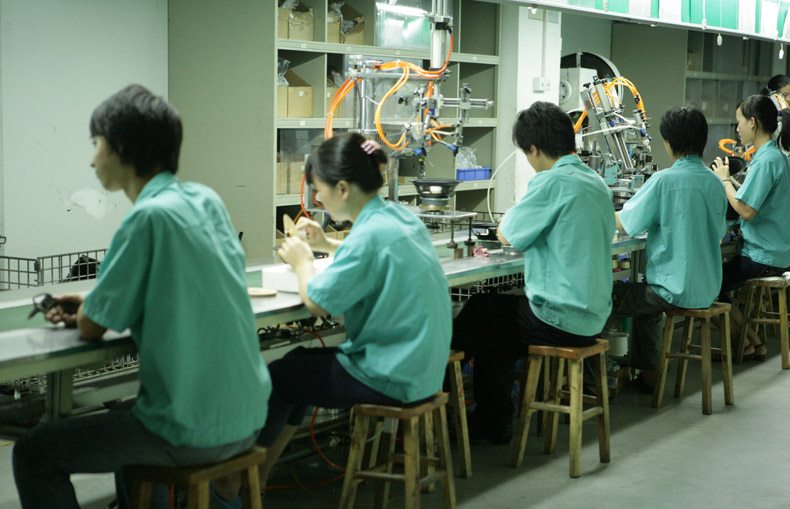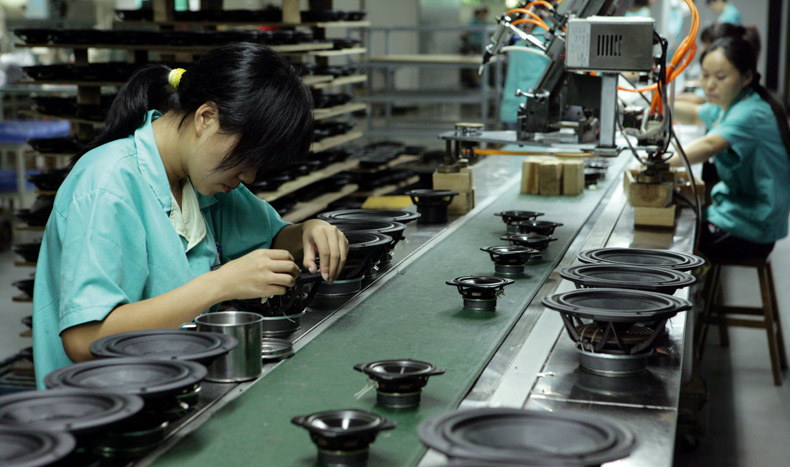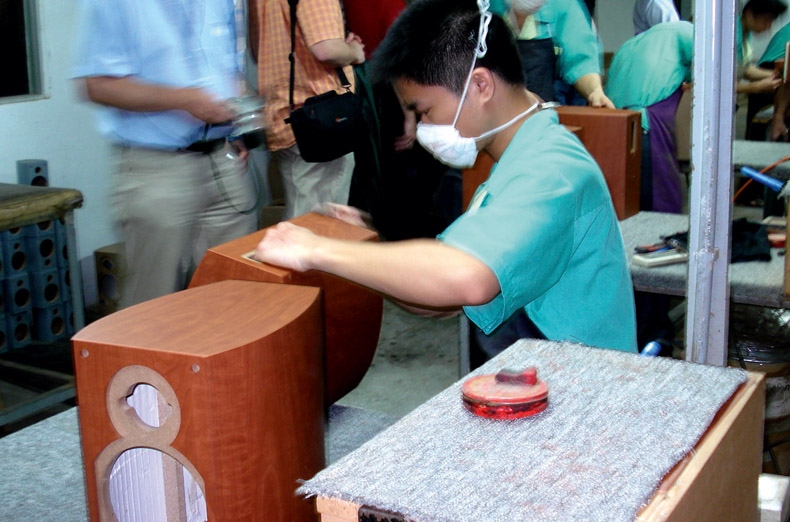How to build the perfect speaker
To understand the science and the art of building a speaker, we sat down with Peter Comeau, director of acoustic design at International Audio Group.

Comeau has more than 30 years experience in the audio industry. He was co-founder and technical director of British loudspeaker manufacturer Heybrook, prior to joining Mission as director of acoustic design in 1999.
Well-known speaker designs by Peter Comeau include the Award-winning Heybrook HB1 and Mission 780s, the Mission 782, Volare V63 and Elegante E8 speakers, and Wharfedale's iconic Diamond range of speakers.
So, how does the process begin?
Comeau explains: “First of all, you must work out a concept. This concept has to be based on the reality of what people actually want to buy. Not all great designs make it into people’s homes.
“Over the past five decades I’ve seen speakers diminish from popular models sporting 12-inch bass units, down to today’s hi-fi bookshelf systems with four-inch drivers. Ignore market trends at your peril!
“On the other hand, you also have to consider the physics of the speakers. What sound quality is required and which drivers and cabinet system will best provide it? How does this fit in with the visual concept of the design? In the end, it has to be a compromise between what the market wants and what is physically possible for the price.”
Read all our Quad news and reviews
The latest hi-fi, home cinema and tech news, reviews, buying advice and deals, direct to your inbox.
Start listening

As soon as the initial concept is complete, you can start listening. It is important, early on, to know what the product might sound like. A discerning ear is key to a loudspeaker’s fate, although having the latest tech also helps.
“Nowadays it is relatively easy to create a starting-point crossover using computer software and, even at this stage, you should be able to hear whether the drive units are behaving as you would like," says Comeau.
“My main target is to achieve a system that portrays the music in an enjoyable and convincing way. That’s not as easy as it sounds! You have to make sure all the instruments and vocalists can be easily heard and that the dynamics of how they are performing are translated as accurately as possible. Timing and rhythm also have to be transmitted to the listener with precision.
“You should be able to close your eyes and feel that you’re at a concert listening to a real, live and thoroughly enjoyable performance. It’s tough to get that right for rock, jazz and classical all at once, but it has to be done!”
MORE: The best stereo speakers of the 21st century
A working prototype

After developing a concept, you move on to building a prototype. This does not need to look aesthetically pleasing. It can be a rough and unfinished wooden box, complete with staples and splinters. This is the stage where the most research wil take place, along with the most changes.
As Comeau tells What Hi-Fi?: “It only has to be good enough for you to judge whether the drivers and the system achieve the performance required. Expect to make a lot of changes before you can decide how you’re going to put the production model together.
“For example, in the Wharfedale Diamond 200 Series I did a lot of research into the slot-loaded port because I really wanted to achieve a powerful bass performance that made it sound as though you were listening to a much bigger system.
Read all our Whardedale news and reviews
After developing a working prototype, it’s time to build a pre-production unit. There is still plenty left to tweak, but the design has the cabinet in its final form, along with the approved drivers that will make it into the final product.
“At this point, you’ll expect to make design changes that ‘fine-tune’ the performance. When you’re satisfied with the pre-production unit and all the engineering wrinkles have been ironed out, you can hand over the drawings to mass production."
MORE: 10 of the world's most expensive speakers of all time
Speaker range requirements

Of course, a speaker company rarely puts out just one speaker design. People want different sizes of speakers. A decision must be made on which variants of the speaker are made.
"I'm handling brands that sell worldwide so, at the very least, you need two standmount models - one small, one larger - plus a smaller and larger floorstander, as well as a centre-channel unit. If you know you'll be selling lots of AV systems, a dedicated surround speaker is also a bonus to the range."
The practical application of the speaker also matters. Will it be used in a stereo configuration, or in a surround set-up? This should be factored into the design.
"It shouldn't be a problem if you've designed a speaker with good dispersion (and it really should have a smooth power response if it's going to sound good). The main thing is to match the centre channel to it in terms of timbre.
"You should be able to put the centre in place of the left or right speaker and still (after balance adjustment) get a precise stereo image. Then it's a question of where to mount it. Rear speakers generally work best when they are mounted above ear level and provide a diffuse sound across the back of the room."
Read all our Mission news and reviews
The price is right

The genetic makeup of a loudspeaker is a complicated decision, based on price and performance. Nobody wants a poor product no matter how wallet-friendly it is, but there is no point in a fine product nobody can afford. So the choice of materials and components is crucial.
“A lot of the choices made are down to price," confirms Comeau. "For example, can you afford to use a woven carbon-fibre cone in a budget speaker? Or would you achieve better performance using a cheaper (but still good-sounding) paper cone and put more money into the magnet size?"
MORE: Wharfedale Diamond 220 review
Cost and sound quality are clearly key when choosing components: “You need a Bill Of Materials as early as possible so you can see whether you’re on track to meet the price target.
"It’s helpful to know what materials make the most difference sonically, so that you can adjust compromises without having a dramatic effect on sound quality.
“A lot of that is down to experience. Unless you’re designing a no-compromise loudspeaker, the black art of speaker design is knowing how to juggle with components to get the best performance you can at the price.”

Speakers may not seem the most complex products in this day and age, but of course plenty of thought and effort goes into their design.
Sure, you can just bung some drivers in a box, but without someone like Peter Comeau pulling the strings, they won’t really sing...
MORE: Best hi-fi speakers 2015
Andy is Deputy Editor of What Hi-Fi? and a consumer electronics journalist with nearly 20 years of experience writing news, reviews and features. Over the years he's also contributed to a number of other outlets, including The Sunday Times, the BBC, Stuff, and BA High Life Magazine. Premium wireless earbuds are his passion but he's also keen on car tech and in-car audio systems and can often be found cruising the countryside testing the latest set-ups. In his spare time Andy is a keen golfer and gamer.

